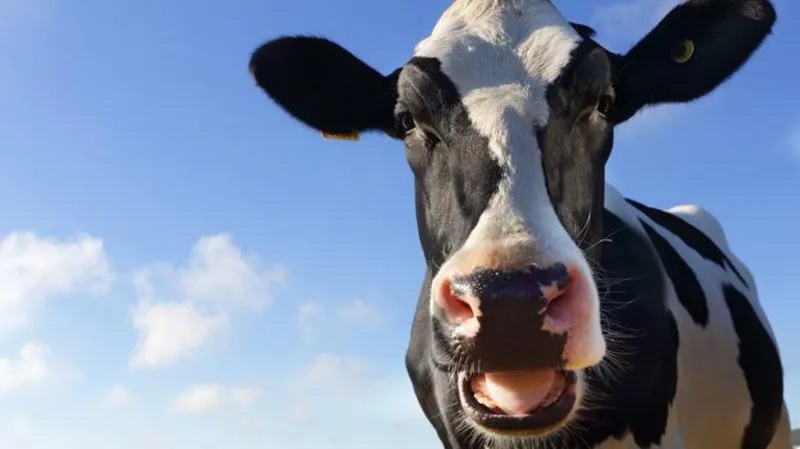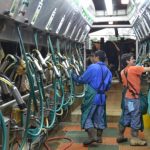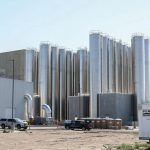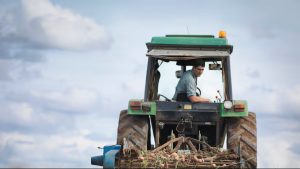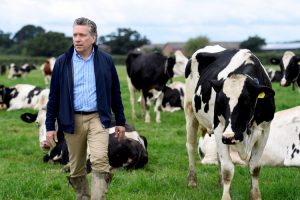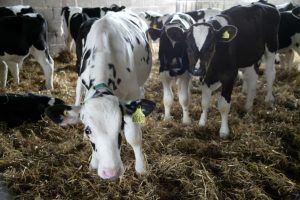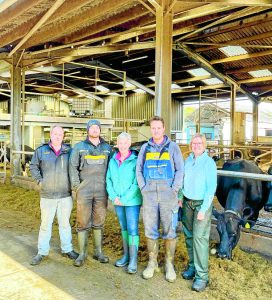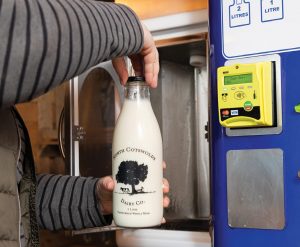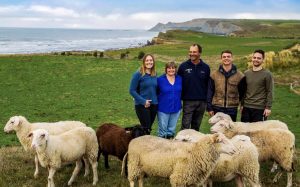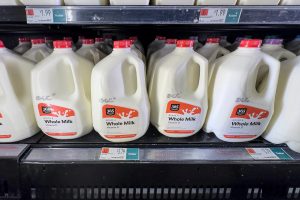
The warmest spring on record has left a Worcester dairy farm feeding grass to its cows in the sheds because of a lack of grass in the fields where they usually graze.
Tristan Bennett from Manor Farm, Lower Wick, said the business had bought grass from neighbouring farms and used crops from its silage fields which normally provide food for the winter.
It comes after the UK recorded its warmest spring on record and its driest in more than 50 years, according to provisional Met Office figures.
The farm’s website states 85% of the milk produced by the pedigree Holstein Friesian herd goes to a co-operative dairy, 10% to Bennetts Ice Cream and 5% to local customers and cafes.
Mr Bennett said there was no such thing as a typical year at the moment, but 2025 had been a challenge.
Grass had started growing well, but the dry spring meant it “tailed off quite quickly” after the initial surge, he said.
He added the situation now was that the normal grazing pastures were not being as productive as they should be, and the cows had eaten what there was more quickly than normal.
 AHDB
AHDBLast month, the Agriculture and Horticulture Development Board called on farmers to plan ahead for increased feed needs after the dry spring weather.
“At this point, it is worthwhile for farmers to assess both summer and winter feed requirements and start building contingency plans,” said Katie Evans from the board.
“This might include reviewing silage stocks, being prepared to cut earlier than usual to prioritise feed quality over bulk and considering fast-growing catch crops for summer or autumn grazing.”
Normally, Mr Bennett’s cows graze twice a day and also at night, but farm workers have resorted to cutting grass from fields further away, and had bought supplies from neighbouring farmers.
The farm had also used grass from silage fields, which would normally provide food for the winter, he said, adding: “We’ve been snipping that off and feeding that to them, green in the shed.”
The cows were being fed and were happy, he said, but it meant extra work on the farm.
Workers were “nervous” after using winter supplies, but Mr Bennett said: “It’s still quite early in the season and the weather does tend to have a way of righting itself, so you never know, we might have a good autumn.”
He said a better autumn yield could allow the farm to fill sileage clamps, but the worst-case scenario would be having to reduce cow numbers in the winter if the farm did not have enough food.
You can now read the most important #news on #eDairyNews #Whatsapp channels!!!
🇺🇸 eDairy News INGLÊS: https://whatsapp.com/channel/0029VaKsjzGDTkJyIN6hcP1K
